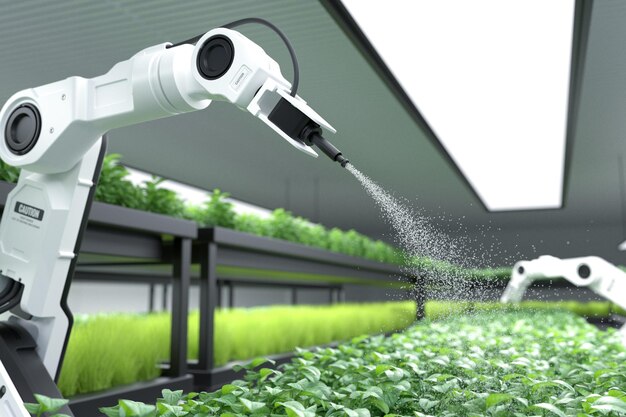
Sponsored article
In the ever-evolving world of agriculture, farmers are continually seeking ways to improve the efficiency and effectiveness of their operations. Innovative attachments for harvesting machinery have emerged as a game-changer, offering advanced features that significantly boost productivity. This article delves into the technological advancements in these attachments and examines how they can transform farming practices by enhancing the speed and quality of the harvest.
In recent years, the role of technology in agriculture has become increasingly significant, profoundly shaping how farmers approach the harvesting process. The integration of advanced harvesting tools and modern farming equipment has driven a revolution in efficiency and productivity, marking a dramatic shift from traditional methodologies. These innovations enhance precision and reduce waste across a diversity of crops, from soybeans to cereals. Key advancements include:
With these technological strides, modern farming equipment is transforming agriculture, enabling farmers worldwide to achieve unprecedented levels of efficiency and sustainability. As a result, farmers are not only maximizing yields but also significantly reducing environmental impact. This evolution underscores the critical importance of adopting advanced technology in agriculture to secure a more productive future.
Innovative attachments have revolutionized the field of agriculture, playing a crucial role in boosting harvesting efficiency and enhancing overall farm productivity. By integrating advanced technology into these attachments, farmers can significantly optimize their harvesting processes. For instance, consider the following features and benefits of these groundbreaking tools:
The adoption of such innovative attachments not only leads to increased harvesting speed and reduced labor but also improves the quality and quantity of the crop yield, ultimately driving greater farm productivity.
In exploring how innovative attachments can enhance harvesting efficiency, various real-world examples and case studies provide compelling evidence of remarkable improvements in agricultural productivity. One notable case study involves a vineyard in California that integrated cutting-edge grape-harvesting attachments, resulting in a 30% reduction in grape damage and labor costs. Similarly, in Iowa, a corn farm implemented state-of-the-art threshing and cleaning attachments, reporting a 25% increase in harvesting speed and a significant decrease in fuel consumption. These harvesting outcomes are echoed in another case where a South Australian wheat farm adopted advanced combine harvester attachments, leading to more thorough grain separation and a 15% boost in yield quality. Across these examples, innovative attachments have streamlined operations, minimized wastage, and maximized output. Such real-world examples underscore the potential of modern technology to transform harvesting processes, yielding substantial benefits in efficiency and productivity for the agricultural industry.